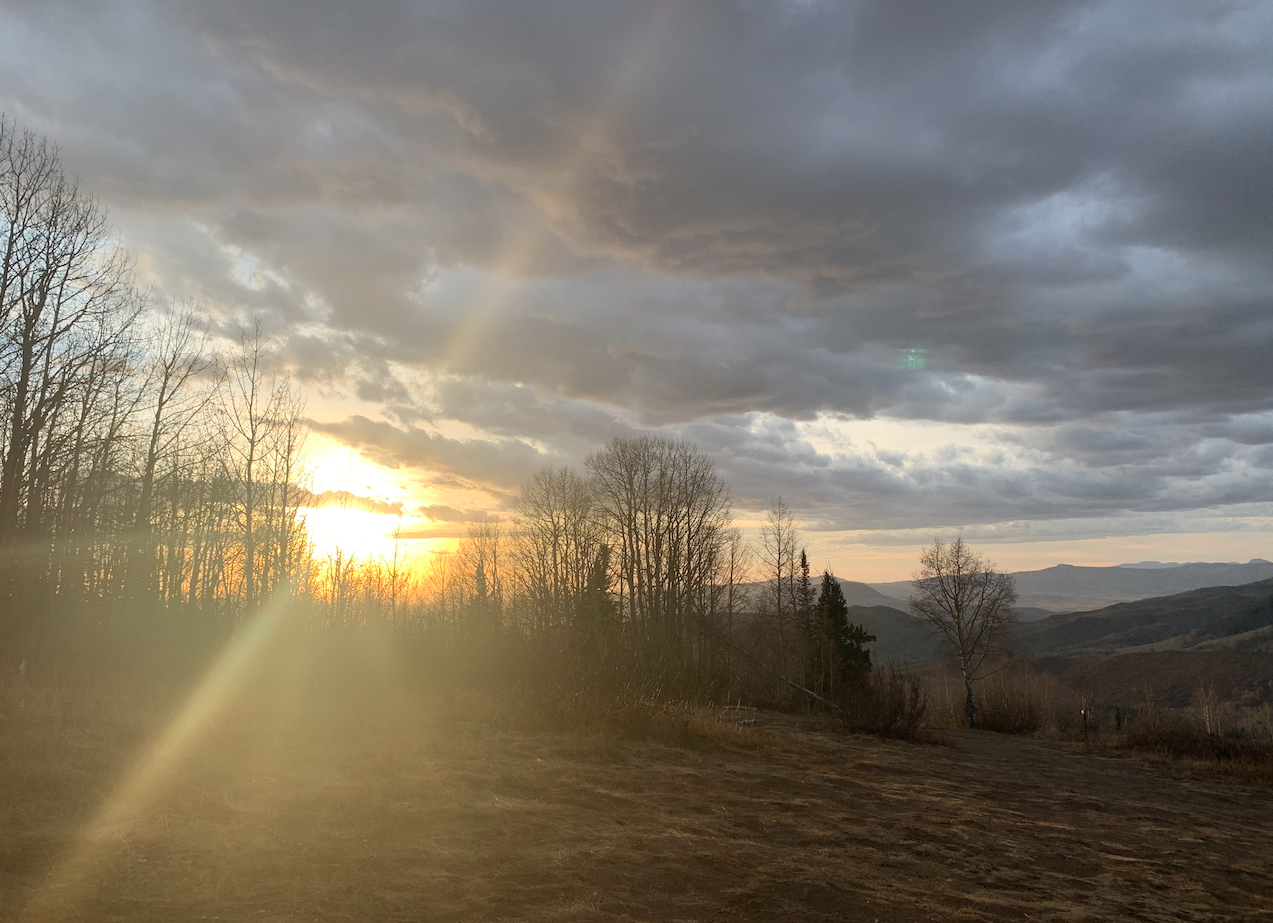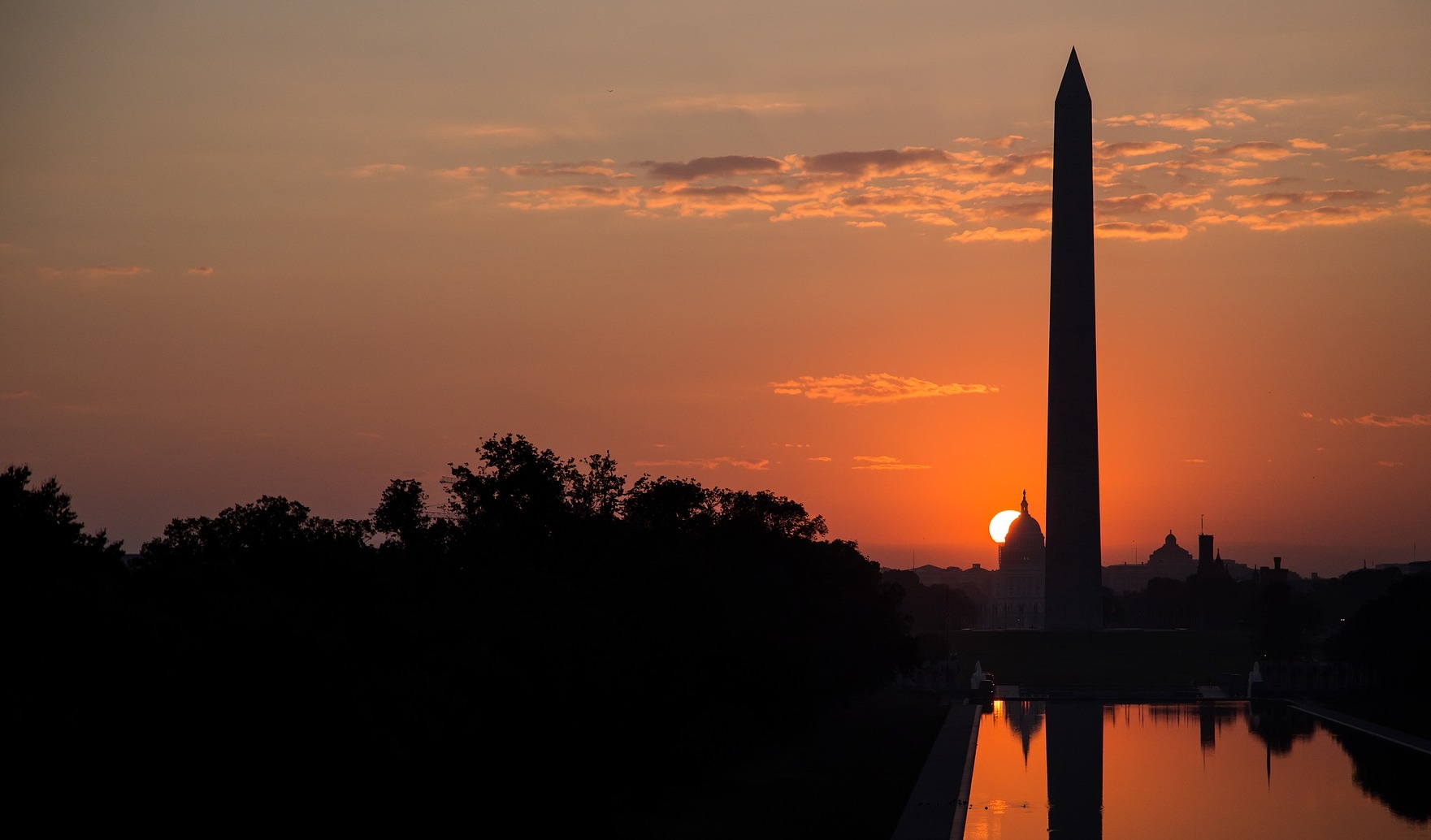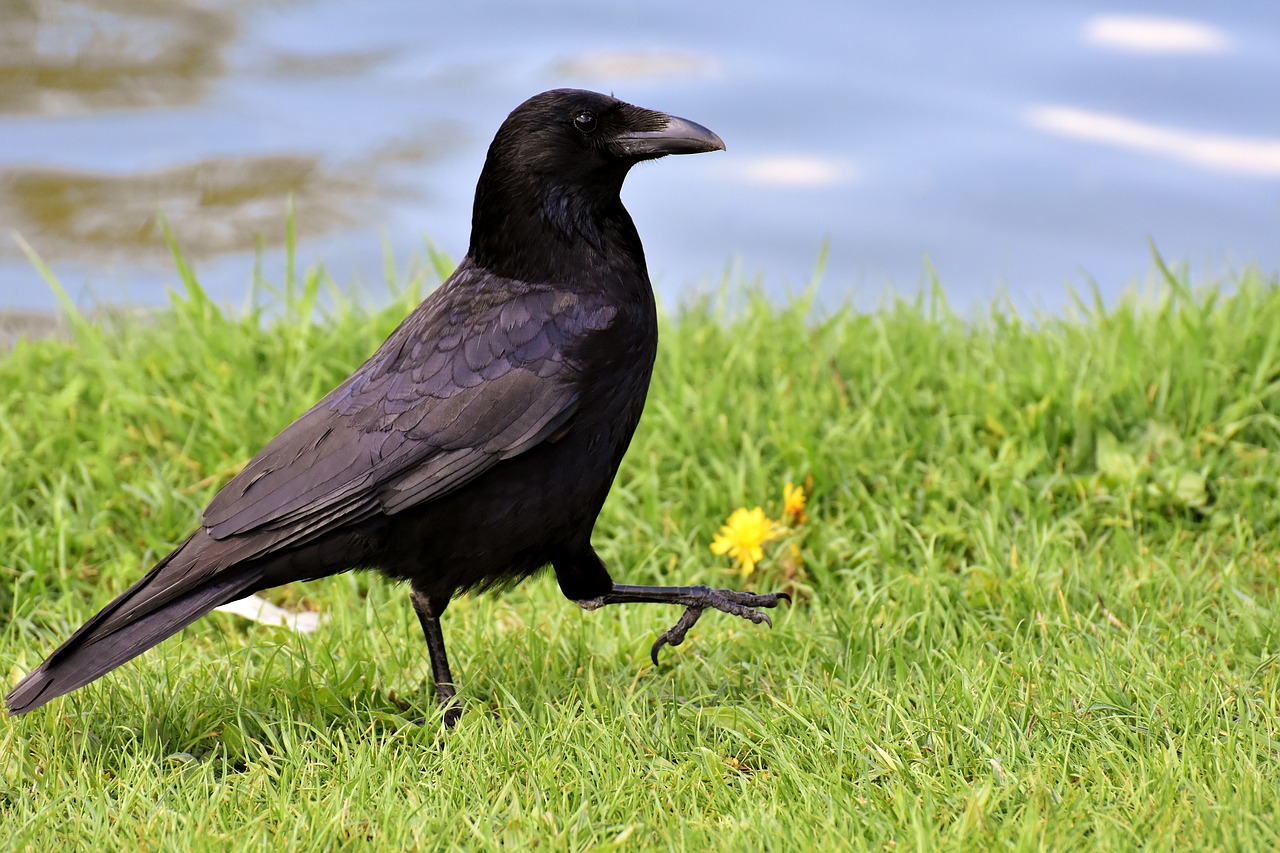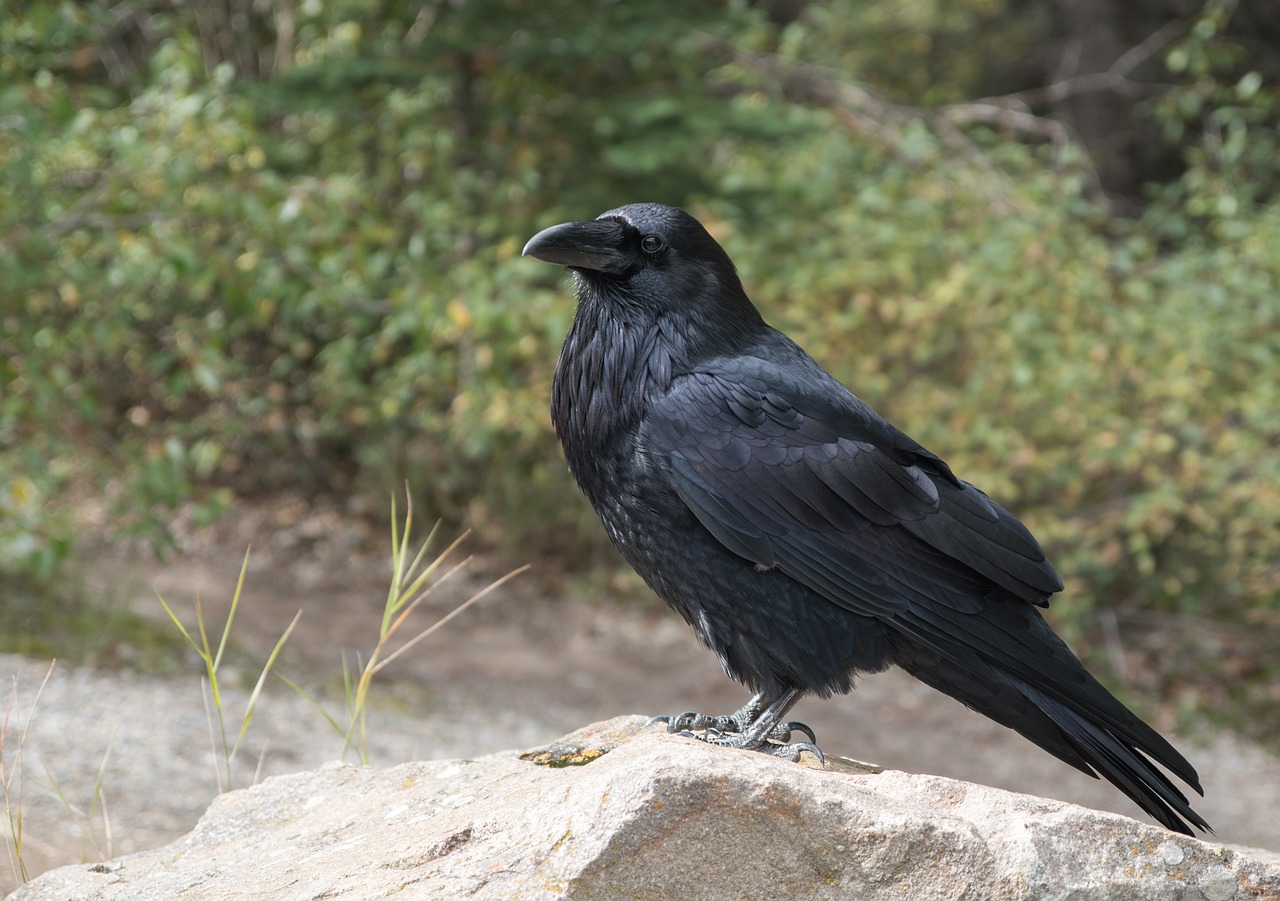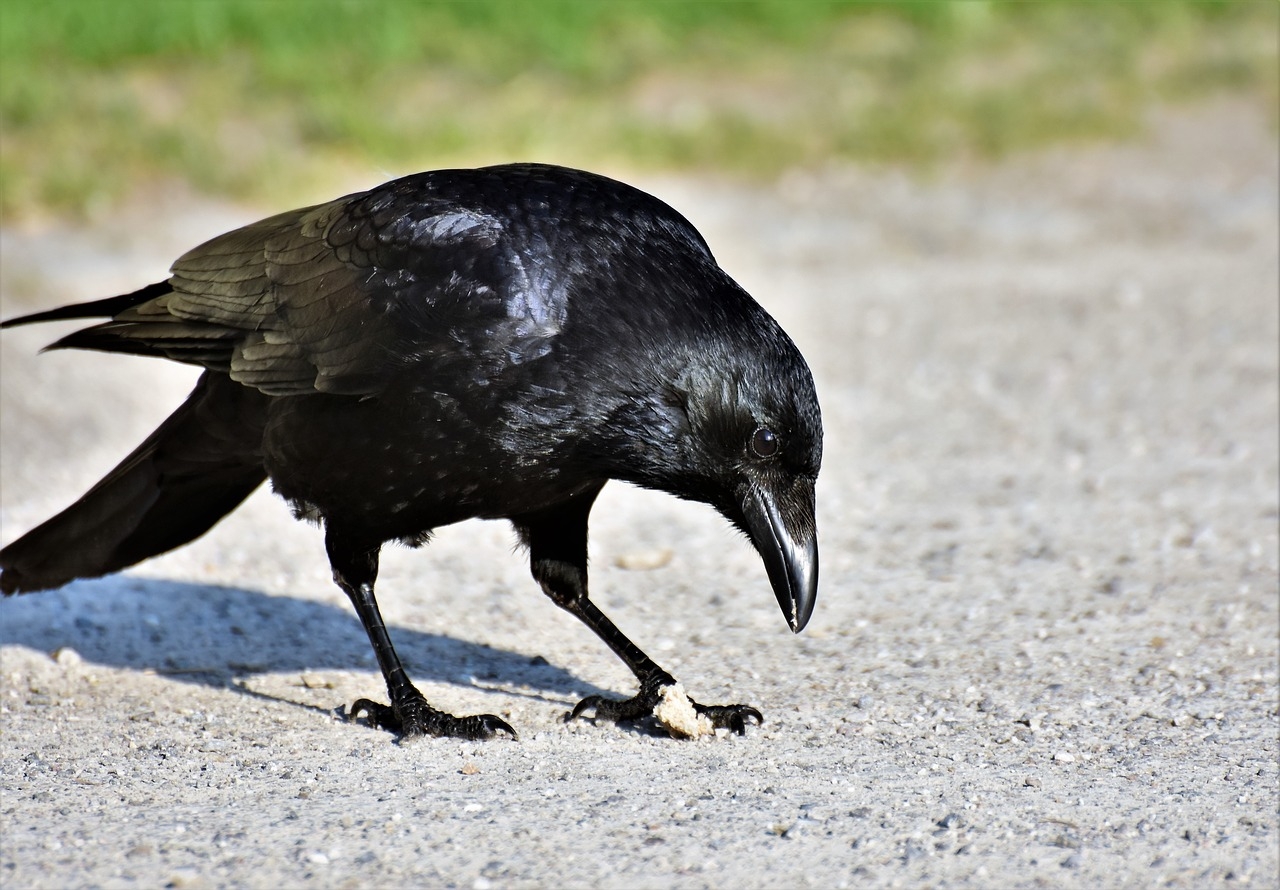Ravens are planners, just like people, a forward-thinking skill that requires a good dose of smarts.
Legends of the Crow
Crows have made their way into both historic and legendary stories for thousands of years. From the Bible to the success of a nation, crows take on minor and not-so-minor roles. A few of my favorites are below.
Greek mythology: Apollo, the god of prophecy, sent a white raven to spy on his lover, Coronis. When the raven returned saying Coronis had been unfaithful, Apollos was so mad he scorched the raven, turning it black.
The Bible: Noah releases a raven from the ark to see whether the flood has subsided enough for land to appear; ravens feed the prophet Elijah while he hides out in the Kerith Valley.
Christian legend: After the fourth-century martyr Saint Vincent of Saragossa was executed, his body was said to have been protected by ravens; flocks of ravens then guarded his grave.
Norse mythology: One of the principal gods in Norse mythology, Odin, is said to have two ravens (Huginn and Muninn) that fly out each morning and soon return to perch on his shoulders, bringing him news of the world and serving as thought and memory.
Hinduism: The deity Shani, who is considered to be a bringer of bad luck, is often represented as riding a large black raven.
Islam: The founder of Islam, Muhammed, was hiding from enemies in a cave. A crow, which was originally white, spotted him and alerted the enemies by calling "Ghar, Ghar" or "Cave, Cave!" Muhammed still escaped, then turned the crow black as punishment and cursed him so he would only speak the phrase, "Ghar, Ghar" for the rest of his life.
Native American stories: For some, the raven is the Creator of the world, as well as a trickster god. There are stories about raven stealing and then releasing the sun, and of raven coaxing the very first (and very skittish) humans out of a clam shell.
England: Ravens have lived in the Tower of London for centuries, and per legend, the Kingdom of England will fall if the ravens are removed. The ravens were first protected under the reign of Charles II, and today, seven ravens are kept by the Raven Master at the Tower (the required six, plus an extra). They are fed raw meat and sometimes a rat, and people enjoy watching their antics - one used to lie on its back and play dead.
__________
creative commons | James Tissot, Elijah Fed by the Ravens
Flying crows and coming fall
It's beginning to feel like fall here. There's a sharpness in the morning air. The leaves are yellowing, tall grass has turned tan and the last of the wildflowers are drying. Just the other evening, I watched a large flock of crows, 60 or 70 of them, fly just over our house on their way to their nighttime grounds. I could hear their wings rustle through the air. Their throaty calls were brash in the quiet twilight. And I remembered this poem. One of my favorites. I could write a bit about John Hay, or about the time when this poem was written, and maybe I'll do that later. For now, I think it's best to let the poem stand on its own. Enjoy.
The Crows At Washington
by John Hay
Slow flapping to the setting sun
By twos and threes, in wavering rows.
As twilight shadows dimly close,
The crows fly over Washington.
Under the crimson sunset sky
Virginian woodlands leafless lie,
In wintry torpor, bleak and dun.
Through the rich value of heaven, which shines
Like a warmed opal in the sun,
With wide advance in broken lines
The crows fly over Washington.
Over the Capitol's white dome,
Across the obelisk soaring bare
To prick the clouds, they travel home,
Content and weary, winnowing
With dusky vans the golden air,
Which hints the coming of the spring,
Though winter whitens Washington.
The dim, deep air, the level ray
Of dying sunlight on their plumes,
Give them a beauty not their own;
Their hoarse notes fail and faint away;
A rustling murmur floating down
Blends sweetly with the thickening glooms;
They touch with grace the fading day,
Slow flying over Washington.
I stand and watch with clouded eyes
These dim battalions move along;
Out of the distance memory cries
Of days when life and hope were strong,
When love was prompt and wit was gay;
Even then, at evening, as today,
I watched while twilight hovered dim
Over Potomac's curving rim,
This selfsame flight of homing crows
Blotting the sunset's fading rose
Above the roof of Washington.
__________
www.ct.gov | gf.nd.gov | www.recreation.gov
Raven or Crow?
Ravens and crows are often confused. They're both fairly large, black birds, and and can be hard to tell apart. Below are a few tips on telling these two winged creatures apart.
1) Ravens are bigger. With an almost 4-foot wingspan and a length of about 27", ravens are larger than your everyday crow, which has a wingspan of 3 feet and a length of 20".
2) Ravens are usually seen alone or in pairs. Crows, on the other hand, are very social and travel in larger groups, which may number into the thousands.
3) Ravens have a very large bill, while crows have a more moderate-sized bill.
4) In flight, ravens have a diamond or wedge-shaped tail as several of their central tail feathers are longer then the outer tail feathers. Crows, on the other hand, have tail feathers of equal size that spread out like a fan. Ravens' wings have four feather "fingers" while crows' wings have five feather "fingers." And ravens are known for their graceful flight, which includes soaring, gliding and slow flaps.
5) Listen to their calls: ravens make a "deep, throaty croak," while crows have more of a "strong, harsh caw," according to allaboutbirds.org.
6) Want to attract crows and ravens to your yard? Put some food out, such as peanuts (for crows) or bird seed and pet food (for ravens). Or just leave the garbage accessible.
The next time you see a big black bird, stop and take a closer look. Chances are, you'll quickly be able to figure out which of these common birds you're seeing. Try it out below...
__________
pixabay.com
The Super Smart Crow
For a long time, I rolled my eyes at crows. They were just big black birds that screeched and cawed and messed with other birds' nests. But now I know better.
Crows are smart in lots of ways, with problem-solving skills that rival those of a young child (see my earlier post). One example of their smarts is their use of tools.
Almost anything can be a tool in a crow's beak. They even take advantage of cars, dropping hard-to-crack nuts at strategic spots on roads. Cars roll over the nuts, popping them open and saving the crow a lot of work.
New Caledonian crows are the only animal (besides us people) that are known to make hooks in the wild. They pull off a thin branch, then remove small bits of wood near the the joint that had connected the branch to the tree or bush. The resulting hook can then be used to forage for bugs.
In experiments, these crows quickly and instinctively fashion hooks out of wire to do things like lift a tiny pail of meat from a clear plastic tube. In one example, two crows were presented with a hooked wire and a straight wire. One crow immediately grabbed the hooked wire, which was needed to get a tiny pail with food from a tube. But then the second crow bent the straight wire, making a hook to get the food. Neither crow had seen wire before.
New Caledonian crows can also use tools to get other tools, completing complex series of tasks to get to their final goal. In the video below, a crow completes eight distinct steps to get to his treat.
I'm thinking about conducting my own unscientific experiment at my home. Maybe I'll set up a platform with hard-to-get food and a few thin wires. If I can get a few crows to stop by, I'll sit back and watch what they do. The crows around here aren't quite as clever as those New Caledonian crows. But they're still smart. And they might just teach me something in the process.
____
pixabay.com
Thirsty crows and true fables
Remember Aesop's fable about the thirsty crow? The one that finds a half-filled glass of water, but isn't able to reach it's beak down into the glass to drink. Not to be discouraged, the crow gathers rocks and stones, dropping them into the glass and raising the level of water, until at last, it's able quench its thirst.
I read the fable at some point, probably in English class, and always thought it was a lesson in persistence and creative thinking. I didn't know it was a real phenomenon.
But it is. When presented with a similar situation - this time, with a bit of meat on a styrofoam disk floating in a tube of water for extra motivation - New Caledonian crows drop in rocks to raise the water level until they can reach the meat.
Through a range of challenges, the crows prove their causal thinking skills. If researchers set out heavy stones and "imposter" styrofoam stones, the crows preferentially choose the the heavy stones that will raise the water level. And if crows are presented with two tubes with food, but one with an already high water level and the other with a low water level, they go first to the tube with higher water.
Crows are smart. Their intelligence rivals that of dolphins and orangutans, and is up there with that of young children.
I used to think of crows as pests. After all, they made a mess at dumpsters and ate Robin eggs and blared their loud "caws" in nearby trees. But now, when I see a crow, I watch carefully to see what it's going to do next. Because it just might be something really interesting.
____
some info from: Jelbert SA, Taylor AH, Cheke LG, Clayton NS, Gray RD (2014) Using the Aesop's Fable Paradigm to Investigate Causal Understanding of Water Displacement by New Caledonian Crows.
Where crows wander
Crows are found all over the world. Usually, they hang out near people - cities, suburbs, anywhere with a good dumpster that's often filled. But they can still be found in the wild. The desert, the mountains. Probably returning often to the beaten paths, picking up the leftover beef jerky or bits of granola bars that hikers and bikers and campers have left behind.
I've seen them out there, in the not-so-faraway wild. Soaring up above 13,000 or 14,000 feet. Getting a view worthy of angels, as they loop and dive through breezes and winds. I've seen them in canyons, too, where ancient art sits on rust-orange rock walls, and silence winds around you like a thick blanket. And I've seen them on city streets, working together to corner a mouse or flying away with a hot dog bun in beak.
Next time you're outside, anywhere, don't be surprised if you find a few crow companions. Maybe you'll hear them first - the long, cra-craaa that echoes and splits the silence. And then, if you look up, you might see one or maybe two, sliding through the air, wings outstretched and steady, catching the wind.

